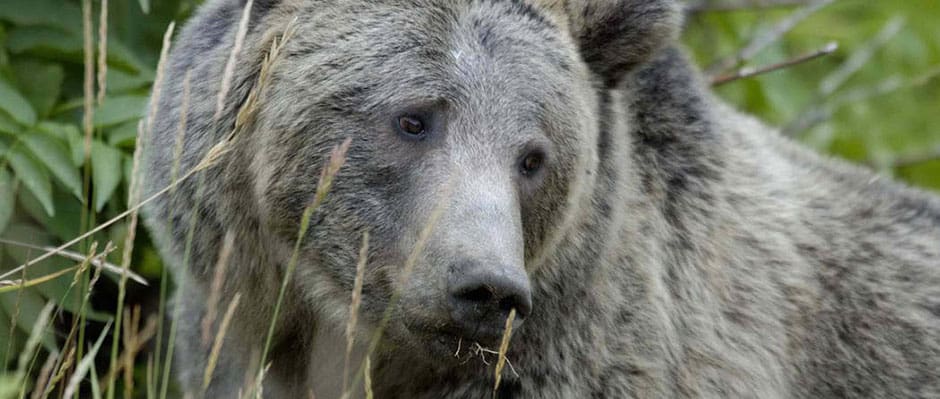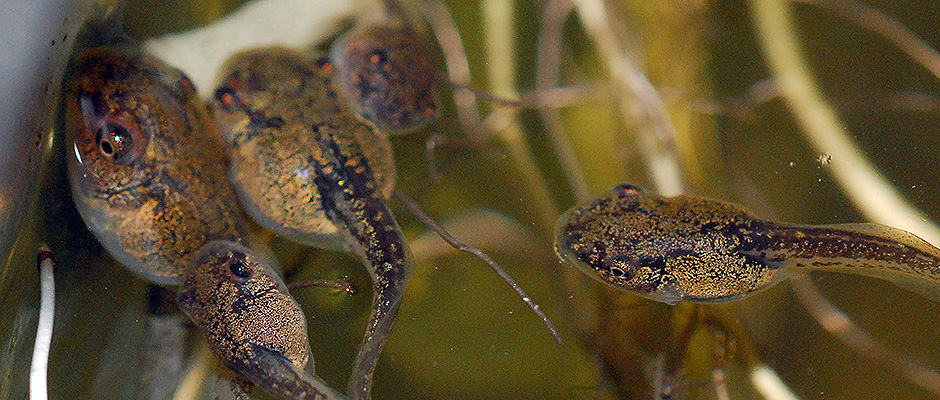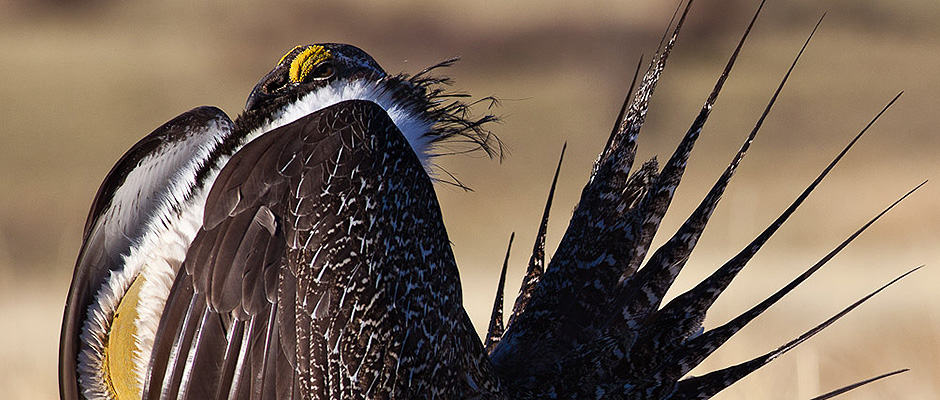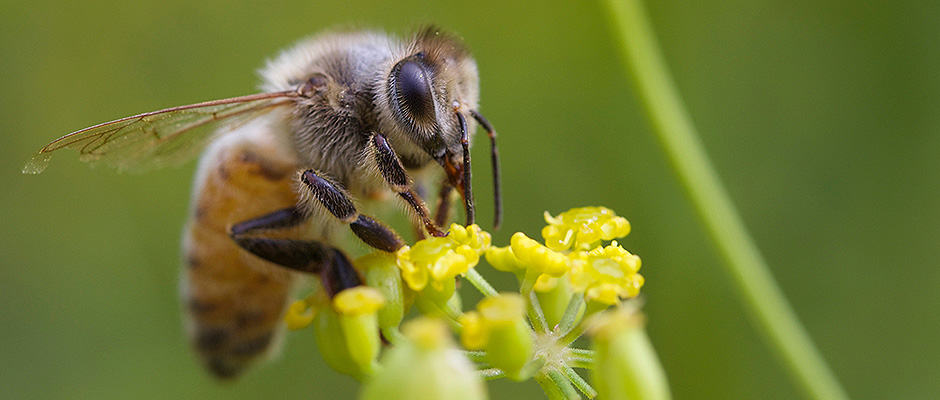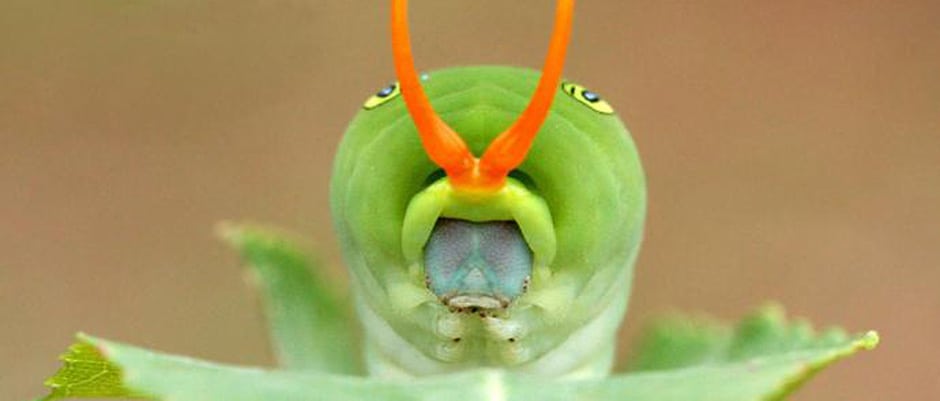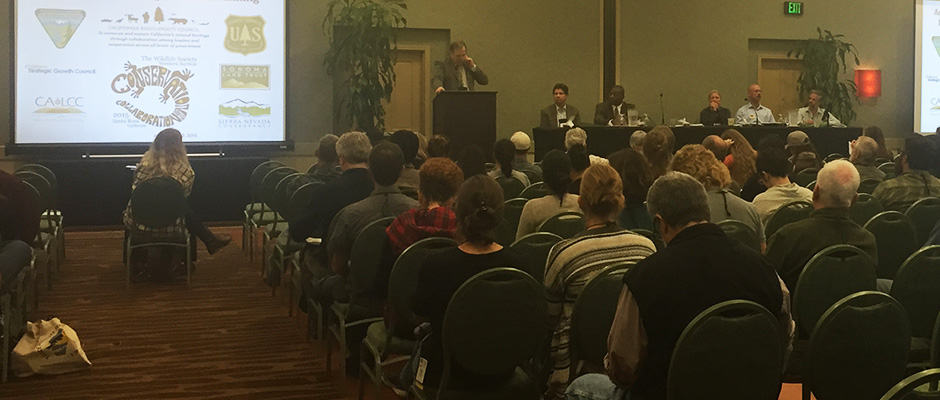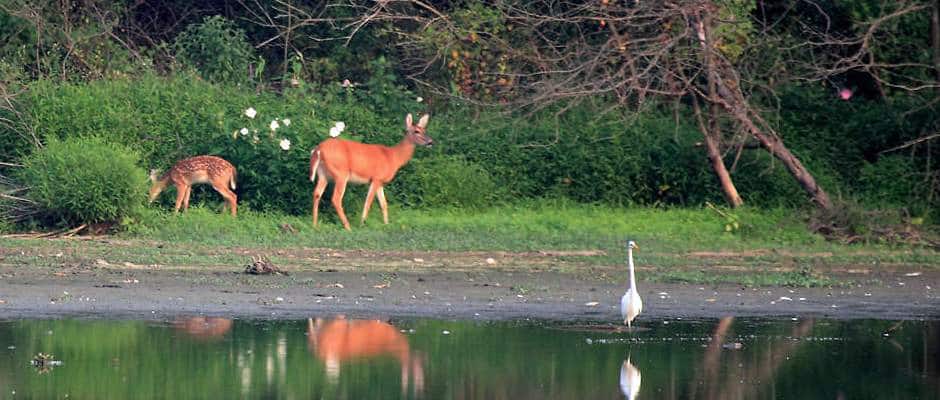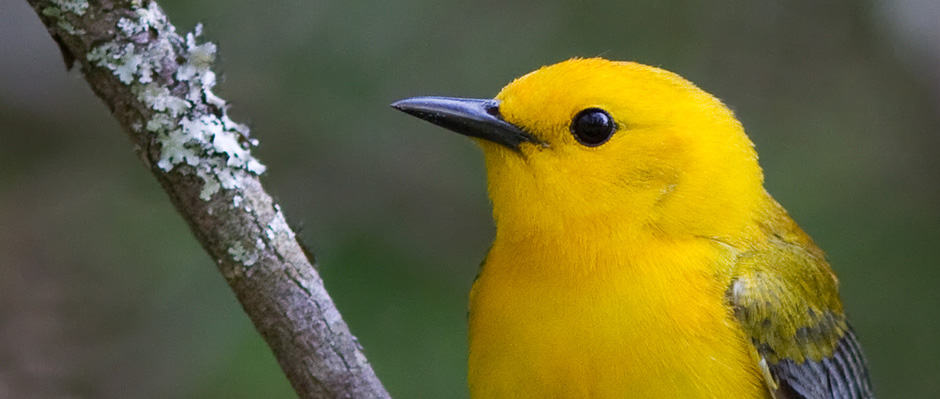
Communication, collaboration and networking are three very important words that I am sure all members of our profession understand and use to their advantage on a daily basis. The importance of these components in enhancing our abilities to function as effective and efficient wildlife biologists and managers cannot be discounted. Leaders in our field clearly have demonstrated their skills in each of these areas and continue to expand upon their past experience to build even greater advantage in their work. So how do we ensure that each member of TWS recognizes the need for capturing these essential skills in their repertoire, and includes them in their professional toolbox? And how can we relate these factors to my favorite question …..’Why Do Wildlife Matter?’
The Wildlife Society offers the opportunity for enhancing communication – collaboration – networking (and no doubt providing countless answers to that question of mine) through a wide range of our events and activities. First and foremost, the TWS website is being redeveloped to provide an increased and dynamic platform for all members to build their professional expertise. Enhancing our electronic information capability has been a primary goal of many staff at TWS HQ over the past several months. Although not yet complete and still getting some of the bugs eliminated, I hope that you have found the new, interactive website to be stimulating, effective, and beneficial to your professional development. The site has also been effective in building our social media presence on outlets such as Facebook, Twitter, and LinkedIn, and TWS members, especially our younger generation, are taking full advantage of these opportunities. However you may choose to use the website, I expect that information transfer has been increased.
Another exciting new initiative that TWS has developed to build effectiveness in communication – collaboration – networking is our Conservation Affairs Network. This initiative has been designed to make more use of member expertise and interests at the local and regional level so as to ‘make a difference’ in the arena of wildlife needs and hopefully, increasing public acceptance of what we do as wildlife professionals (i.e., ‘Why Do Wildlife Matter?’). Chapter, Section, Committee, and Working Group meetings also provide venues for building our C-C-N capabilities. At these various events, TWS members can and do interact to exchange information, ideas, perspectives, viewpoints, stories, and other materials that is essentially adding considerably to their skillsets. No question we all ‘remember’ great times from the past and regale ourselves with tales of the ‘good old days.’ I just attended the Manitoba Chapter Annual Get-Away Weekend where the above activities were prominent, and look forward to my upcoming trips to the 80th North American Wildlife and Natural Resources Conference in Omaha, Nebraska, and the 9th Annual Meeting and Conference of the Canadian Section of TWS in Saskatoon, Saskatchewan, where no doubt we will all be taking part in ‘telling the greatest story never told.’
And TWS has a very large part to play in the Vth International Wildlife Management Congress to be held in Sapporo, Japan in July 2015, and the 22nd Annual Conference of The Wildlife Society in Winnipeg, Manitoba in October 2015. I think there is no doubt that these major Conference events represent a prominent place for many of us to expand upon our C-C-N capabilities. The recent survey of attendees to the Pittsburgh TWS Annual Conference identified taking part in the educational programs, networking, and enhancing their professional contacts as the main reasons for attending – clearly C-C-N components. Those types of opportunities will once again be available and will likely take center stage in Sapporo and Winnipeg.
I have spoken to several TWS members who have travelled to Japan in the past, and although I have only been there on two occasions, I must admit that I cannot wait to get back! Sapporo is an exciting and dynamic city where I have thoroughly enjoyed good times, good friends, superb cuisine, and exceptional camaraderie. The Congress will definitely work toward enhancing C-C-N skills, and no doubt will provide additional and perhaps different answers to the question of ‘Why Do Wildlife Matter,’ this time from a more global perspective. And TWS Winnipeg 2015 will represent only the second time that The Wildlife Society has ventured to the ‘Great White North’ for our Annual Conference. The Winnipeg Arrangements Committee has been working tirelessly to put together ‘the best TWS Conference ever,’ with a wide range of novel initiatives to stimulate Conference attendees to get the most from their experience. Whether polar bears, urban white-tailed deer, wolves, red-sided garter snakes, pickerel, waterfowl, or great gray owls are on your list of must do’s in terms of species, you will find them and many more at the Winnipeg Annual Conference. And although the Winnipeg Program Committee is just getting started, all signs so far point to perhaps a record number of submissions of proposals and abstracts for our various technical sessions. So do not delay if you are planning to send in your materials. No doubt opportunities for gaining additional answers to the question ‘Why Do Wildlife Matter’ will be provided.
Communication – Collaboration – Networking. In my view, these three skills are not only essential but perhaps the most important in furthering the development of wildlife professionals. The Wildlife Society is committed to assisting members to build their C-C-N skills, as well as providing assistance in other areas. I urge you to take advantage of these opportunities, and do not hesitate to pass along to others how they can take part and benefit from our exciting and innovative organization……THE Wildlife Society.



